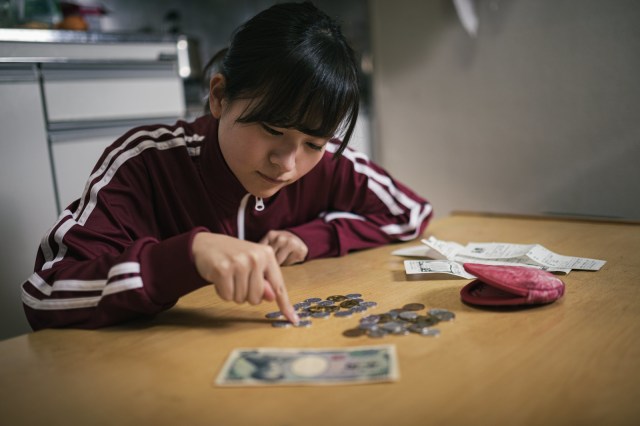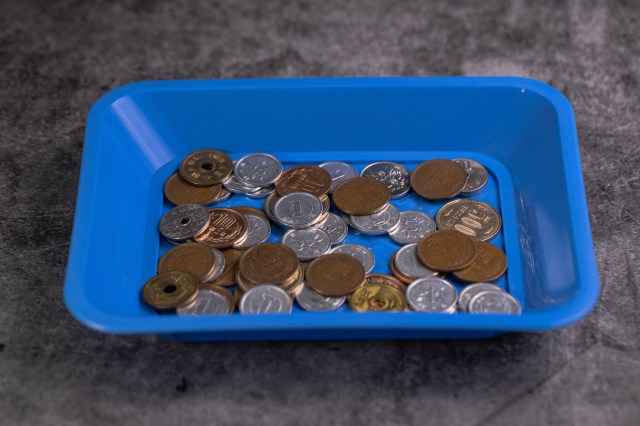
Students are also asked if they’re satisfied with the amount that they have to spend.
Remember back to the simple days of your youth when you got money for doing absolutely nothing but existing? It’s seriously a shame that adulthood doesn’t come with a free monthly allowance clause.
Since the amount of allowance money that parents give to their children varies from family to family (as does New Year’s otoshidama gift money), Japanese human resources company Recruit was curious to learn what amounts families are shelling out for their high school-aged children these days. Therefore, it implemented an online survey in May which asked 1,000 high school students (273 males and 727 females) around the country who receive a monthly allowance how much they receive, when they receive it, and if they’re satisfied with the amount. Before you ask, “But why don’t they just get a part-time job?” remember that part-time jobs may not be as common for Japanese high school students as they are for students in other countries, with the pressures of university entrance exams, cram school at night, and “not-mandatory-but-mandatory” club activities taking up lots of time.
OK, let’s dive in to the survey results. A Japanese high school student’s typical monthly allowance comes out to be an average of 5,582 yen (US$41.28–but remember, the yen is currently at its lowest value against the US dollar in 20 years). For reference, that’s just under the cost of the Pokémon Legends: Arceus Nintendo Switch game, which retails for 6,578 yen.
▼ If you see Meiji-era scholar Yukichi Fukuzawa peeking out at you from your monthly allowance, you’re a lucky high school student indeed. He appears on Japan’s 10,000-yen banknote.

Broken down by year, first-year high school students reported an average of 5,013 yen, second-year high school students an average of 5,518 yen, and third-year high school students an average of 5,759 yen. That’s a 14.9 percent increase over three years of high school. In terms of reasons for why it increases, 41.4 percent said that it goes up when they begin a new school, 39.1 percent said when moving on to the next grade, 14.2 percent said when they do well in their studies, 11.9 percent said when they negotiate a raise, and 10.5 percent said on their birthday.
In regards to when they receive their allowance, 64.9 percent of students responded that they receive a fixed amount every month. Meanwhile, 36.6 percent responded that they receive it when it’s necessary and 9.1 percent responded that they receive it in exchange for doing chores or getting good grades.
▼ Spare sushi change–We wonder if an important reason like “studying the differences between conveyor belt sushi chains” hamburger steak sushi ” would qualify as “necessary”…?

So are the high school students themselves pleased with the amount of allowance that they receive? Overall, yes, since 62.9 percent stated that they’re satisfied while 37.1 percent are dissatisfied. However, among those who feel dissatisfied, about 60 percent also have no plans to negotiate for a raise because they feel happy to be getting an allowance at all.
Now that we know a bit more about the numbers, we’d be curious to see whether students would prefer to spend their allowance on eating quadruple cheeseburgers or putting it in the bank. We hope that they know the only appropriate choice.
Source: Livedoor News via My Game News Flash
Featured image: Pakutaso
Images: Pakutaso (1, 2)
● Want to hear about SoraNews24’s latest articles as soon as they’re published? Follow us on Facebook and Twitter!

No hay comentarios:
Publicar un comentario